Article
Do Androids Dream of Electric Jeeps? – The challenges facing EV tribology
23 Feb 2024
The evolution of electric vehicles (EVs) from their inception in the 1800s (the first electric car was created by German …
Read moreTribological research has been embraced for many years in the automotive industry and PCS' range of instruments are used around the world to design and develop world leading formulations for the field.


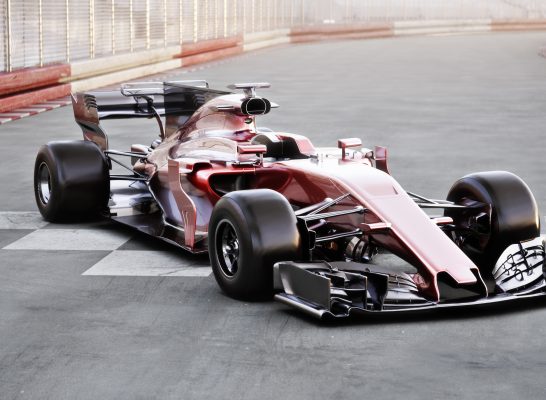

Whether you are focused on motorbikes or lorries, on electric vehicles or petrol, in every automotive application you will find moving parts; and where you find these moving parts you find tribology. From gearboxes to brake pads our instruments have been used to drive the innovation of the automotive sector through reliable, repeatable bench top testing.
In the automotive industry the benefits of tribological research are widespread. One major benefit from the continued research and improvement of lubricant and coating formulations is the protection they offer moving parts in automotive systems. This improved protection means increased reliability, which is great for customers but also for the environment as parts need replacing less frequently.
Environmental benefits of tribological research in the automotive sector are also found in the improvement in efficiency of powertrain systems, the result of better lubricants. With estimates suggesting that 200,000 million litres of fuel are used annually to overcome friction in passenger cars, even a modest 0.1% improvement in efficiency could result in hundreds of millions of litres of fuel being saved.
Using PCS equipment, testing of contacts under conditions found in internal combustion engines can be performed, shear rates can be replicated and EHD film thicknesses can be analysed. PCS have worked closely with a large number of experts in the automotive industry for the past 30 years, and our instruments have developed to meet their ever-changing needs.
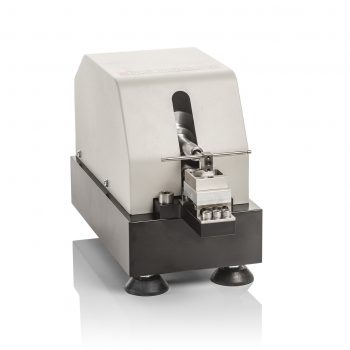
A ball-on-plate reciprocating friction and wear test system, assessing the performance of both fuels and lubricants under boundary conditions.
Learn more
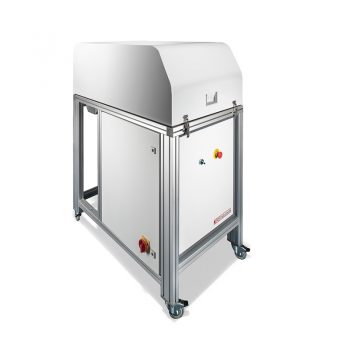
Triple disc machine for researching rolling contact fatigue (RCF) failure mechanisms in the form of micro and macro pitting under lubricated and unlubricated conditions.
Learn more
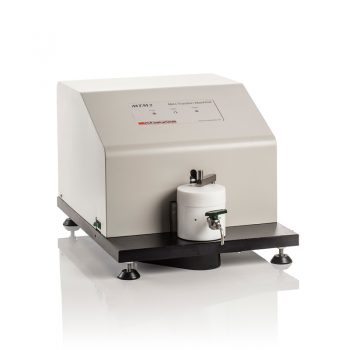
A ball-on-disc instrument for measuring the frictional properties of lubricated and unlubricated contacts under a wide range of rolling and sliding conditions.
Learn more
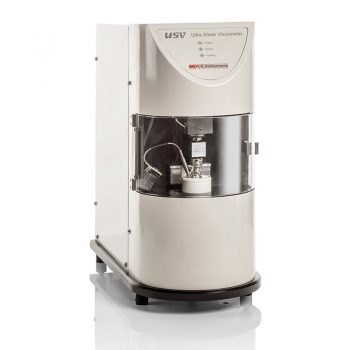
A high shear viscometer measuring viscosity up to 10 million reciprocal seconds.
Learn more
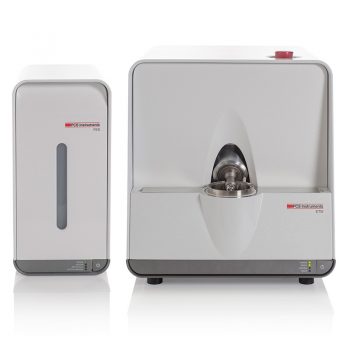
Ball-on-disc instrument for measuring the frictional properties of lubricated and unlubricated contacts under extreme pressures and a wide range of rolling and sliding conditions.
Learn more
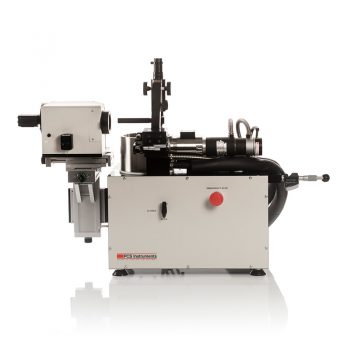
A fully automated, benchtop instrument, measuring lubricant film thickness down to 1nm in the elastohydrodynamic (EHD) lubricating regime.
Learn more